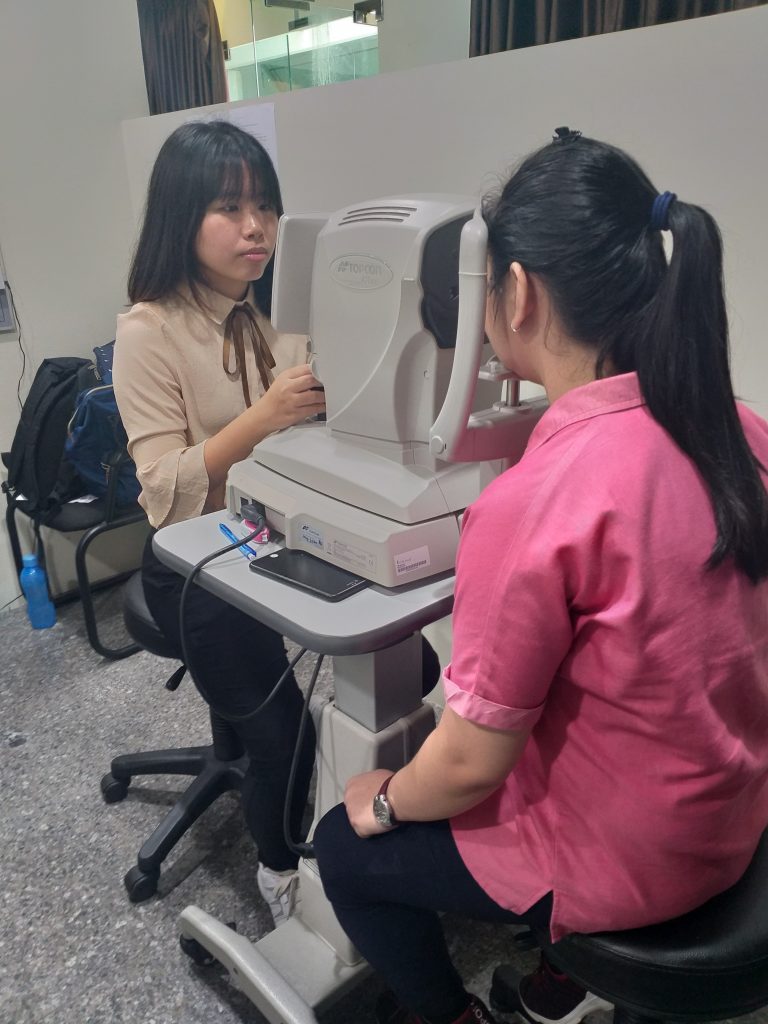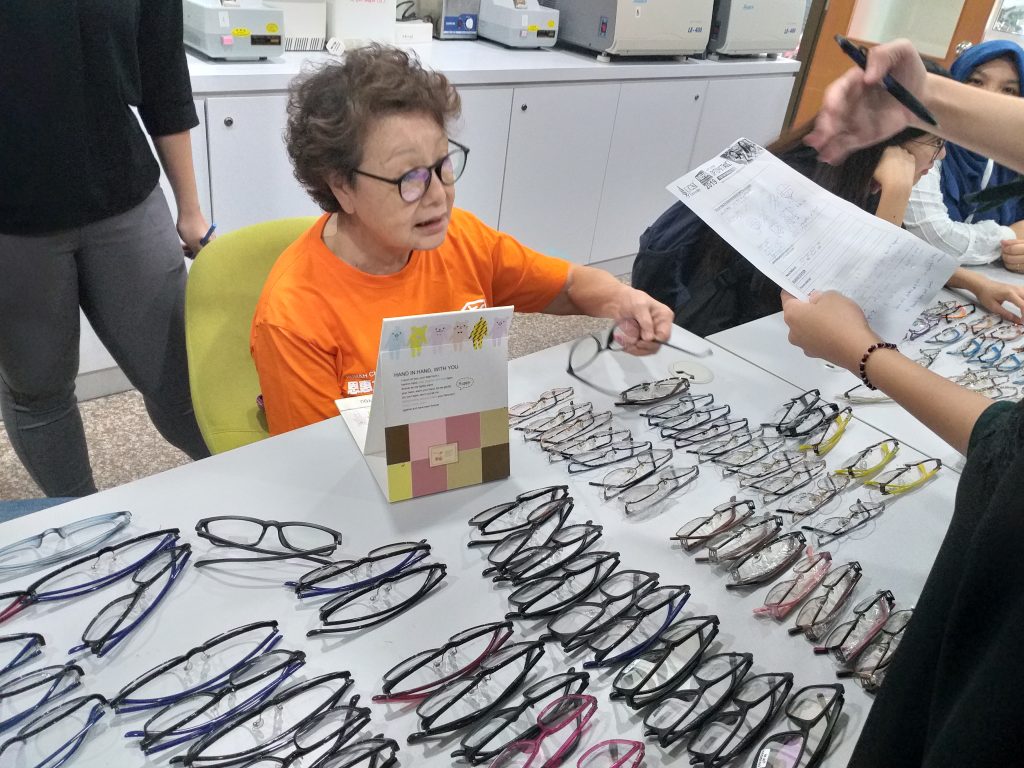National Eye Health Awareness (NEHA) Campaign 2019
On 6th of August 2019, the National Eye Health Awareness Campaign was held at UCSI University. It is an annual public awareness campaign jointly organised by the Malaysian Optical Council (MOC), a division of the Ministry of Health (MOH) and the Association of Malaysian Optometrists (AMO). “Jom, Jumpa Optometrists!”, is the theme of AMO and the main purpose of this campaign is to raise public awareness about “Primary Eye Care” and “Optometrist” among Malaysians to encourage them to go for proper eye examination and consultations. Also, the theme for NEHA this year was “Eyes @ Work”.
Vision problems such as far-sightedness, near-sightedness, astigmatism and presbyopia have become more common in Malaysia since most of the population spends at least 4 hours a day on electronic gadgets. The frequent use of electronic gadgets is known to increase the risk of developing vision problems, namely near-sightedness and near-sighted patients have a higher chance of developing serious diseases such as cataracts and glaucoma. I believe that the last thing most of you did before sleeping and the first thing you did after waking up was use your smartphone. Many people also like to read books or watch television while lying down, which can cause a change in eyeball length and this can lead to vision problems. These are the main factors which cause us to have poor vision and may decrease our effectiveness in life because we cannot see things clearly.
Optometrists play an important role in providing primary eye care services to the public so that they can be more aware of their eye’s health. Since we are Optometry students who are going to become optometrists in future, this was a good chance for us to gain hands-on experience and learn new things from seniors. Due to the fact that we are only Year 2 Semester 1 students and just started to learn practical work, we were accompanied by seniors and lecturers during the campaign.
During the campaign, orphanages and nursing homes were invited to UCSI University for free eye check-ups and free spectacles were given to those who had vision problems. There were 5 stations in total. The first station was registration. The next one was to check the power of patient’s spectacles if they had any by using a focimeter followed by visual acuity screening (Snellen’s chart test) to check the refractive error of the patient’s eyes. After that, the patient would go to the autorefractometer station. An autorefractor is a machine used to provide a measurement of patient’s refractive error and prescription for glasses or contact lens objectively. The fourth station was full refraction. This station included all subjective refraction tests such as duochrome test, Jackson Cross Cylinder test and Snellen’s chart test. Subjective refraction test is to determine, by trial and error using the patient’s cooperation, the combination of lenses given were the best corrected visual acuity (BCVA) for the patient. Retinoscopy was carried out in this station to check the patient’s refractive error objectively by using the retinoscope. A retinoscope shines light into a patient’s eye and the reflex of the patient’s retina is observed. However, a slit lamp test would also be carried out if required. The last station was frame selection. Patients who needed a pair of glasses got to choose their preferred spectacles’ frame there and they would get their spectacles in about one month.


In conclusion, you are encouraged to go for eye check-up at least once per year so that you can detect and treat your eyes earlier if you have any refractive errors in your eyes as most eye health conditions will only show symptoms when they are at more serious stages. This is especially encouraged for children with mild refractive error because they tend to accommodate to overcome the refractive error and this may worsen their vision in the future and impact their quality of life.
